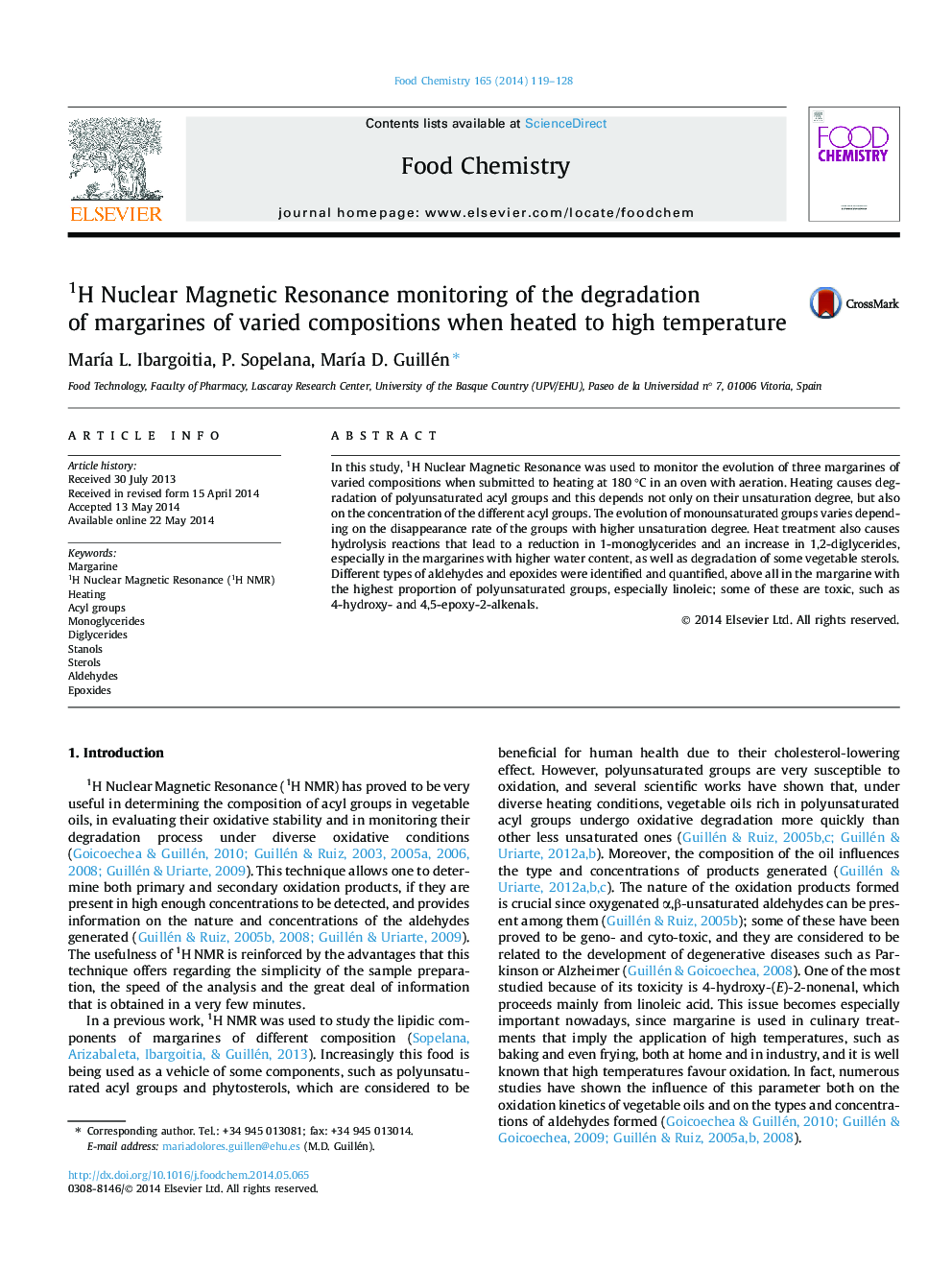| Article ID | Journal | Published Year | Pages | File Type |
|---|---|---|---|---|
| 7595858 | Food Chemistry | 2014 | 10 Pages |
Abstract
In this study, 1H Nuclear Magnetic Resonance was used to monitor the evolution of three margarines of varied compositions when submitted to heating at 180 °C in an oven with aeration. Heating causes degradation of polyunsaturated acyl groups and this depends not only on their unsaturation degree, but also on the concentration of the different acyl groups. The evolution of monounsaturated groups varies depending on the disappearance rate of the groups with higher unsaturation degree. Heat treatment also causes hydrolysis reactions that lead to a reduction in 1-monoglycerides and an increase in 1,2-diglycerides, especially in the margarines with higher water content, as well as degradation of some vegetable sterols. Different types of aldehydes and epoxides were identified and quantified, above all in the margarine with the highest proportion of polyunsaturated groups, especially linoleic; some of these are toxic, such as 4-hydroxy- and 4,5-epoxy-2-alkenals.
Keywords
Related Topics
Physical Sciences and Engineering
Chemistry
Analytical Chemistry
Authors
MarÃa L. Ibargoitia, P. Sopelana, MarÃa D. Guillén,
